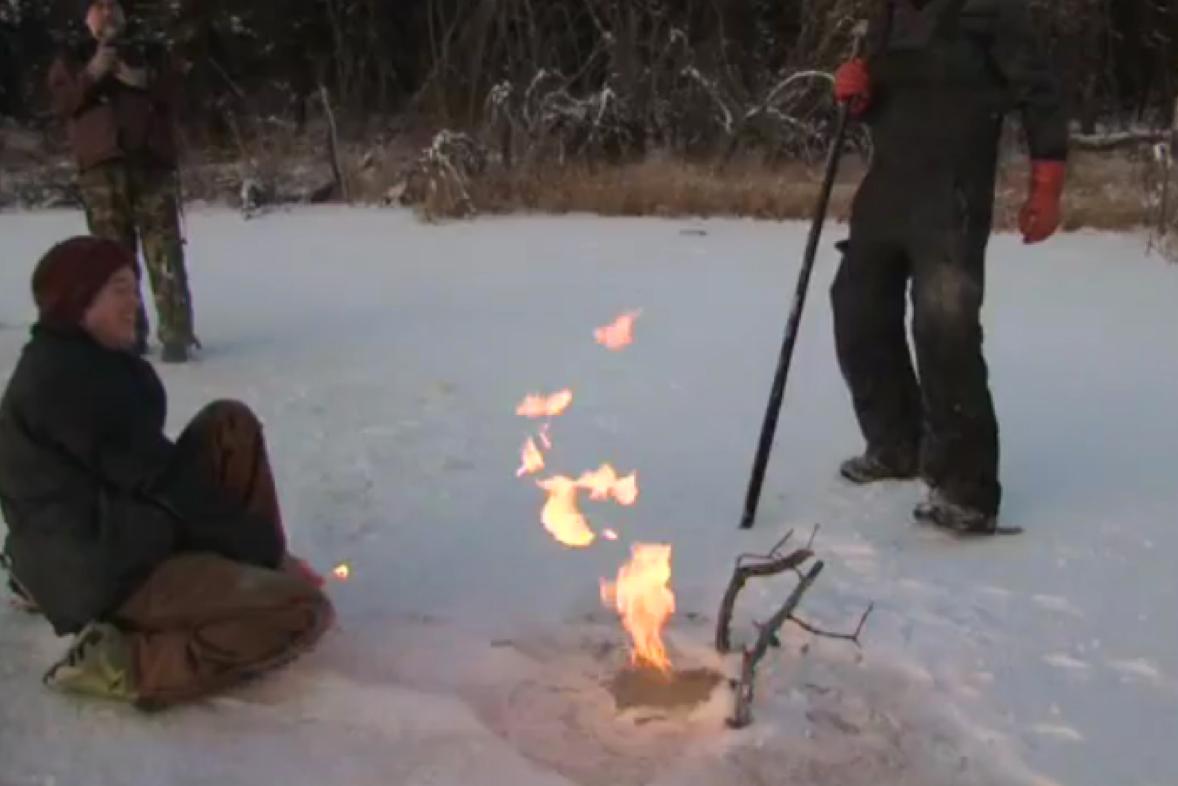Arctic releasing ancient methane as ice melts away, study says
Researchers from the University of Alaska, Fairbanks used aerial and ground surveys to identify methane seeps in Alaska and Greenland, which are sending the gas into the atmosphere.
Methane deposits in the Arctic region are being released as climate change melts the ice surface, says new research.
Researchers from the University of Alaska, Fairbanks used aerial and ground surveys to identify methane seeps in Alaska and Greenland, which are sending the gas into the atmosphere.
Methane is itself a harmful greenhouse gas.
Other sources of methane include landfill and agriculture – infamously through cow flatulence.
The study is more evidence that melting ice would lead to methane releases, possibly worsening the effects of climate change, said the New York Times.
Read more on GlobalPost: Scientists call for Arctic fishing moratorium
"But no one had ever shown that it was occurring or that it was a widespread phenomenon," Katey Walter Anthony of the University of Alaska told Reuters.
"This paper really is the first time that we see with field evidence that this type of geologic methane is escaping as the cryosphere retreats."
The research found that the methane was being released from both lakes and from receding glaciers in Alaska.
In Greeland, methane was being released from areas where the ice sheet had receded.
The study was published in the journal Nature Geoscience.
Read more on GlobalPost: Warm waters threatening Antarctic ice shelf
The story you just read is accessible and free to all because thousands of listeners and readers contribute to our nonprofit newsroom. We go deep to bring you the human-centered international reporting that you know you can trust. To do this work and to do it well, we rely on the support of our listeners. If you appreciated our coverage this year, if there was a story that made you pause or a song that moved you, would you consider making a gift to sustain our work through 2024 and beyond?
